Have you ever looked up at a plane soaring across the sky and wondered how it all began? How did we go from watching birds to building massive machines that cross oceans in mere hours?
Buckle up, because today we’re going on a journey through the skies to explore the incredible history of aviation—a story of innovation, adventure, and human determination.
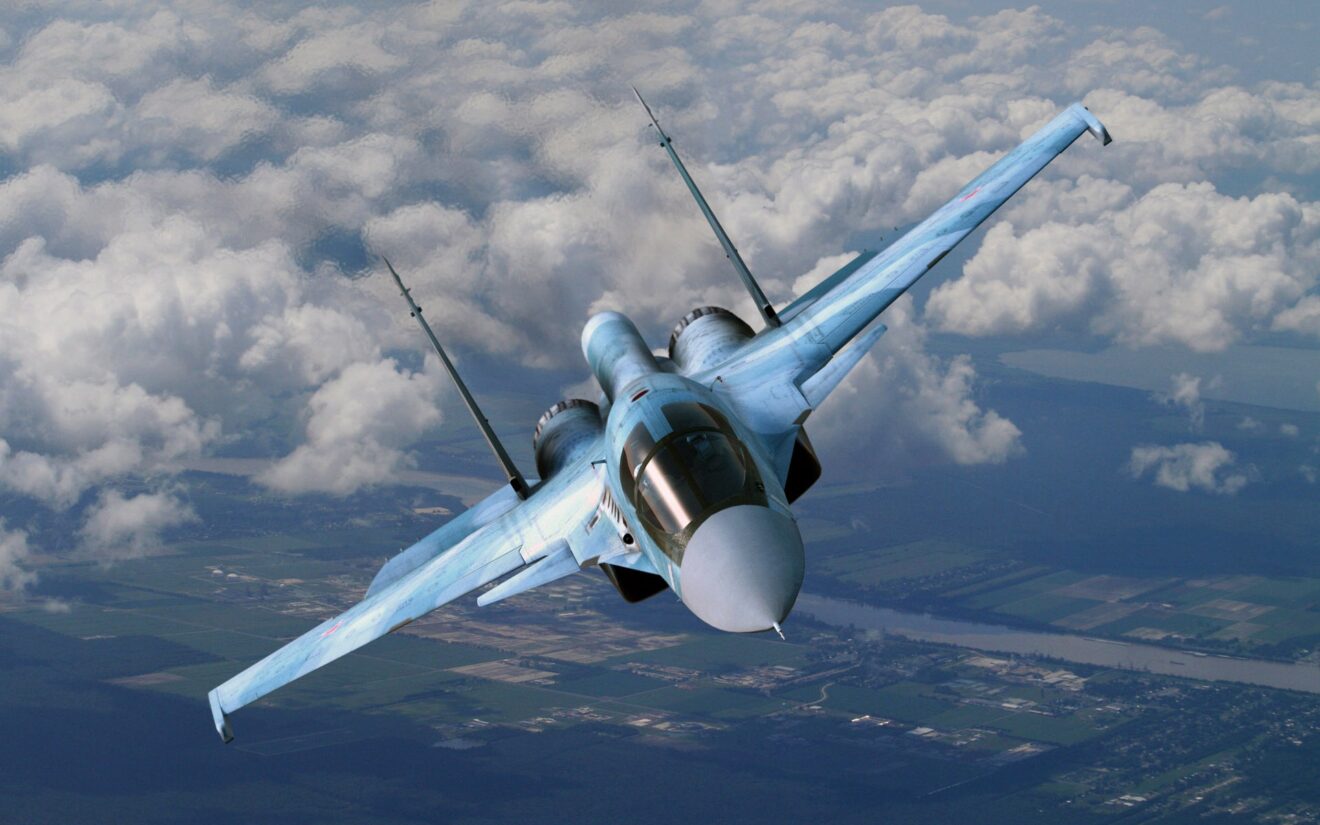
The Early Dreams of Flight.
Long before the first airplane took to the skies, humans dreamed of flying. Ancient civilizations told stories of winged gods and sky travelers. One of the most famous myths? Icarus, who flew too close to the sun with wax wings. These stories may have been fantasy, but they captured our deepest desire—to rise above the earth.
Then came visionaries like Leonardo da Vinci, who, in the 1400s, sketched designs for flying machines based on birds. Though none were ever built in his lifetime, his work laid the foundation for future innovation. Leonardo da Vinci’s Dream of Flying.
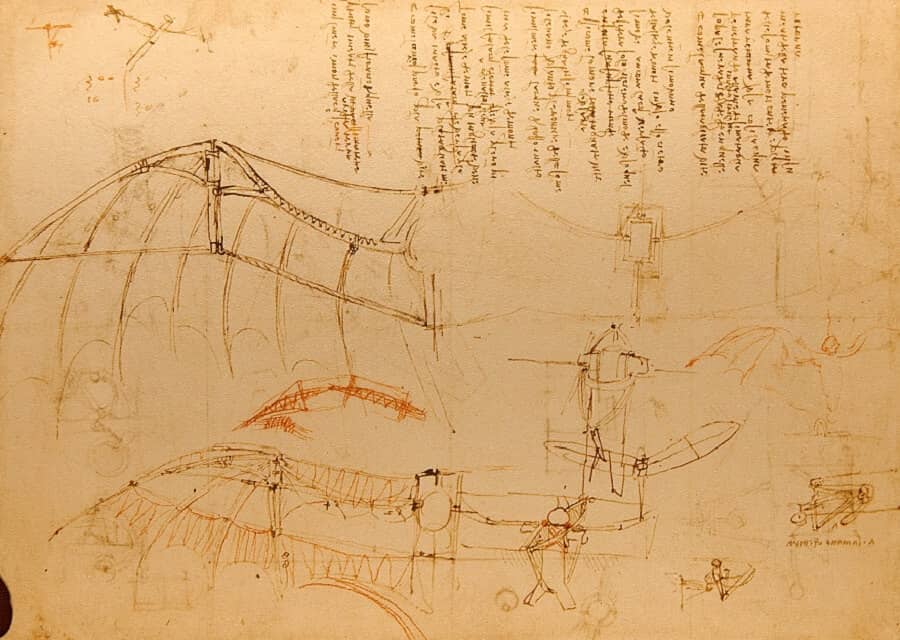
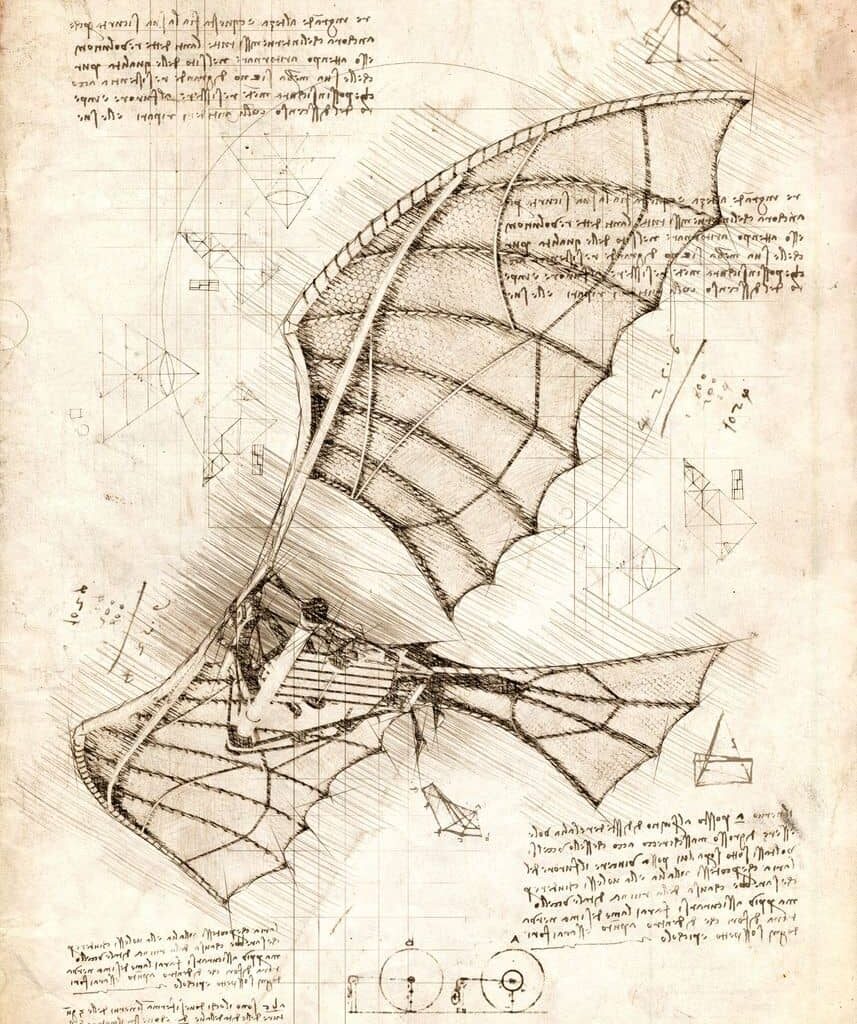
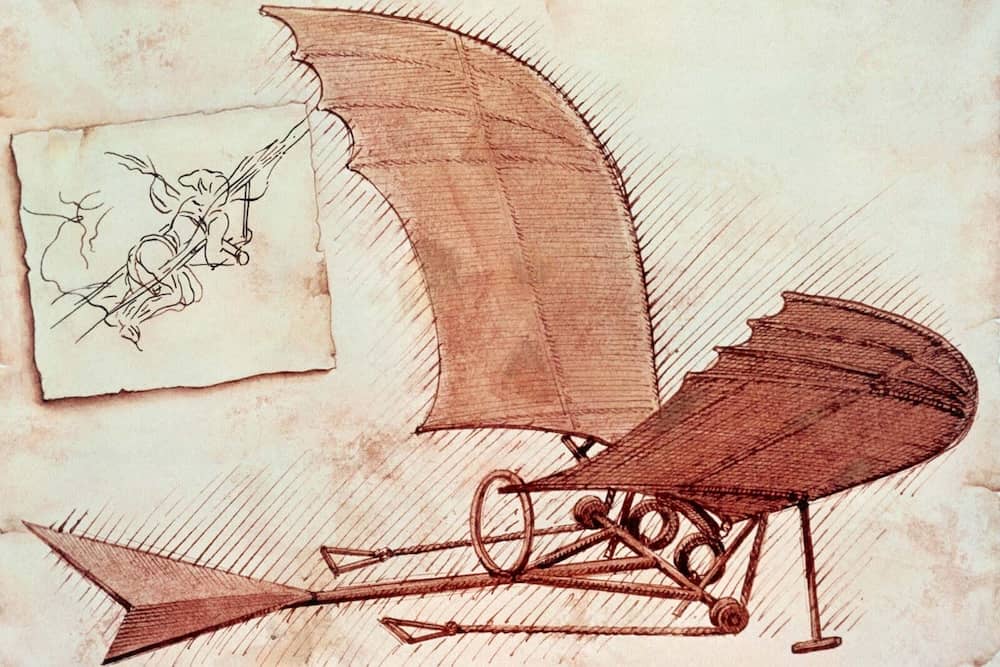
🎈 The Balloon Era: Lifting Off.
The first real leap into the sky came in 1783, when the Montgolfier brothers launched a hot air balloon in France. First, they sent up a sheep, a duck, and a rooster (as test passengers!). Later that year, humans joined the ride, floating above the countryside for the first time.
Imagine the awe of seeing the world from above for the first time in history.
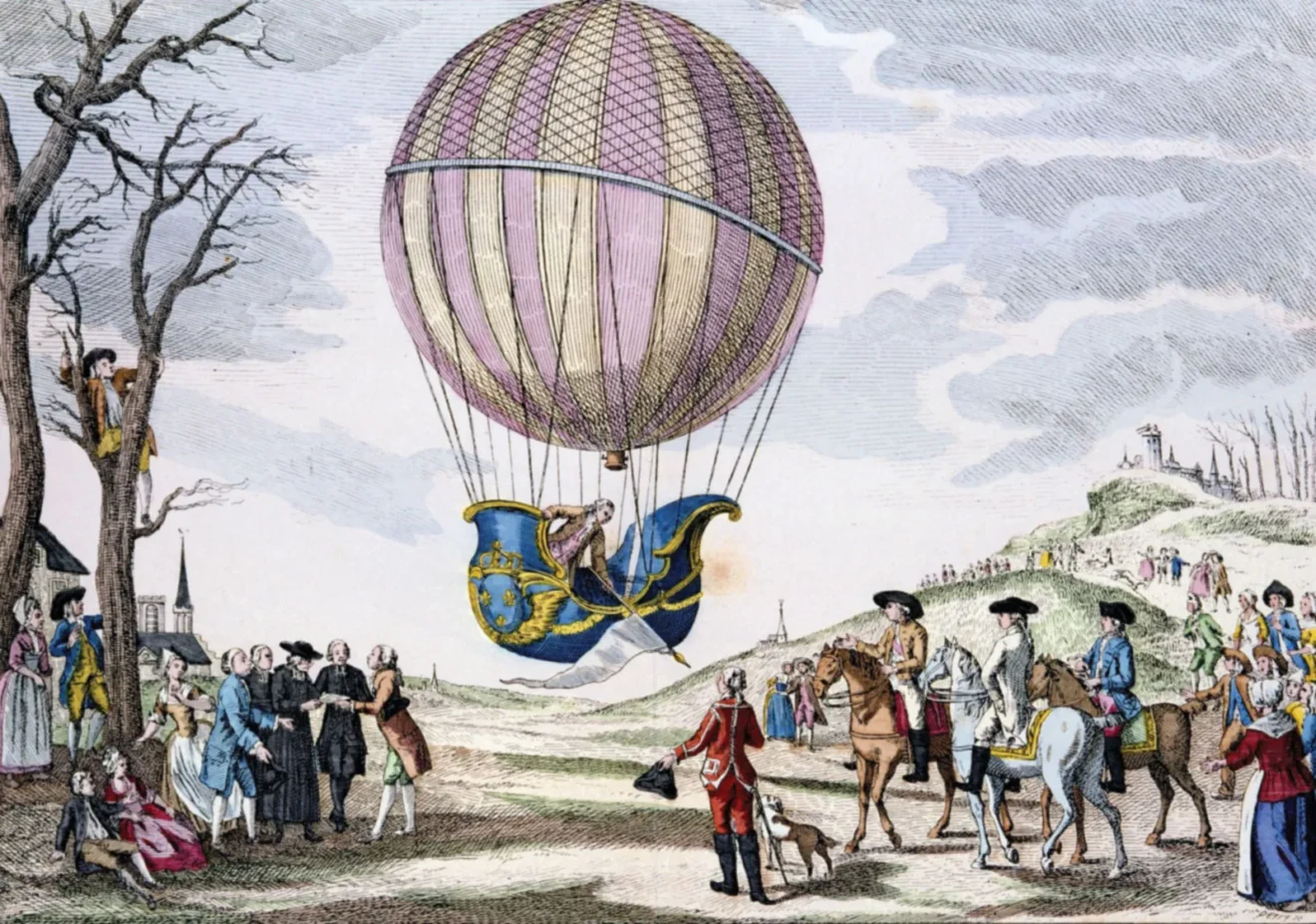
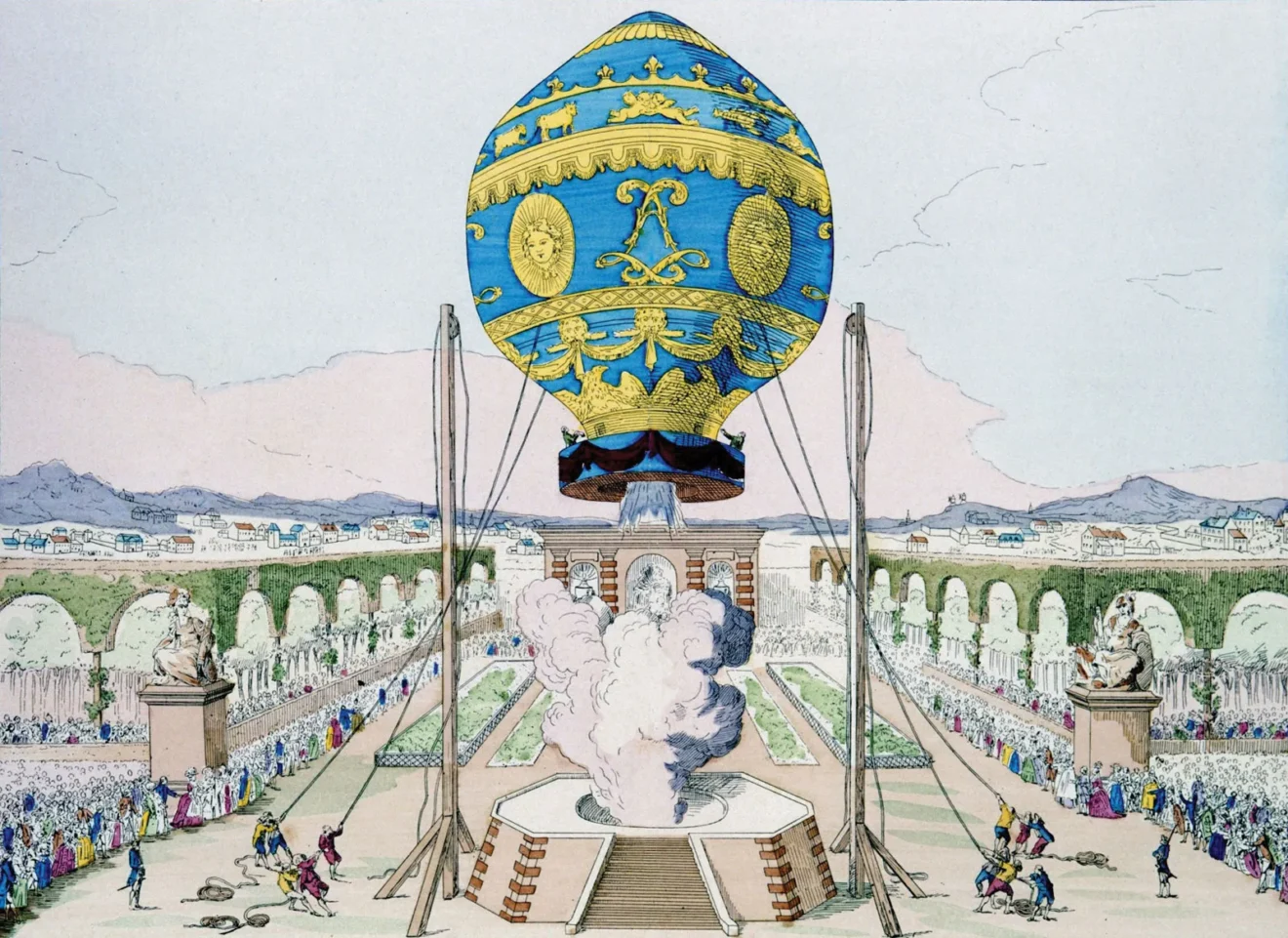
✈️ The Wright Brothers Change Everything.
Fast forward to December 17, 1903—a windy day in Kitty Hawk, North Carolina. Orville and Wilbur Wright achieved what no one had before: a powered, controlled, sustained flight. The Wright Flyer only flew 120 feet, but it was enough to make history. First ever flight.
It wasn’t just a moment. It was a movement. The sky was no longer the limit—it was the future.
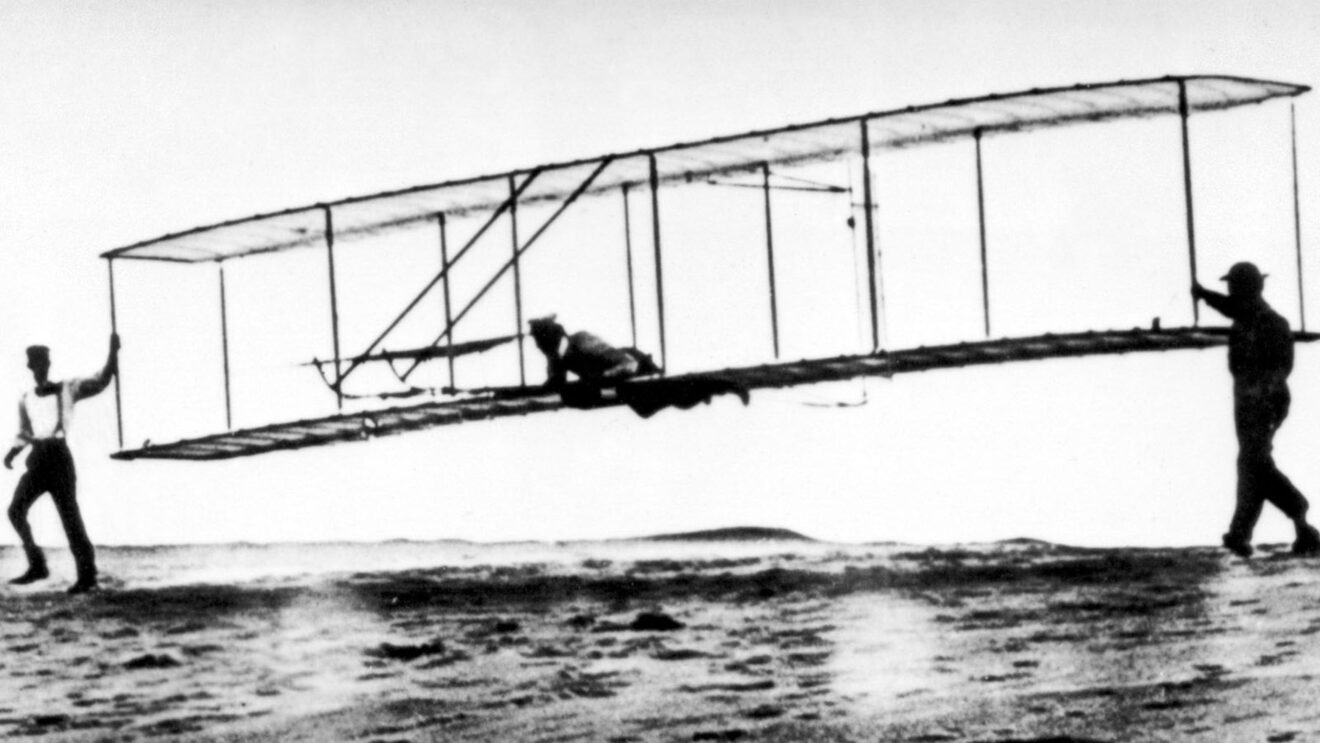
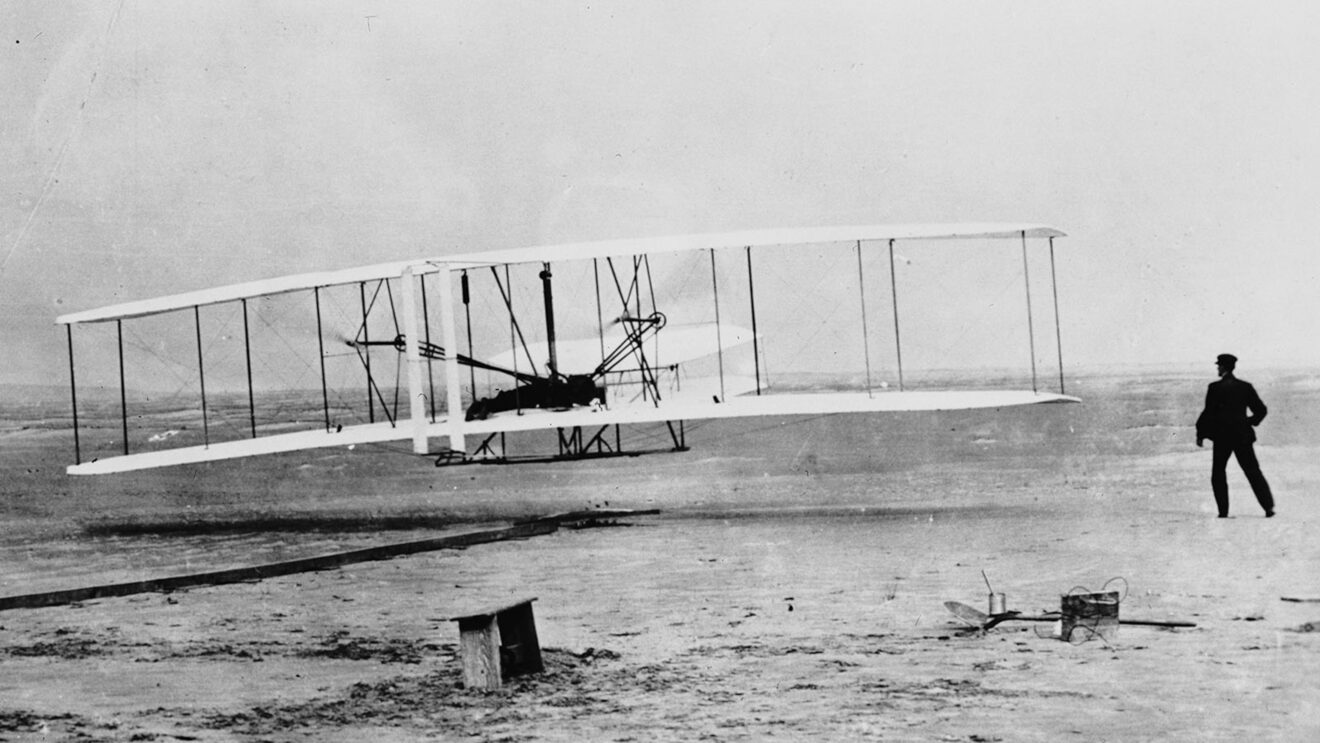
🌍 Aviation Goes Global.
Once people realized flight was possible, the race was on. Planes evolved rapidly, especially during the World Wars. They became faster, stronger, and more reliable. By the 1920s and ’30s, commercial air travel was emerging. Think Charles Lindbergh flying solo across the Atlantic in 1927, or Amelia Earhart blazing trails for women in aviation.
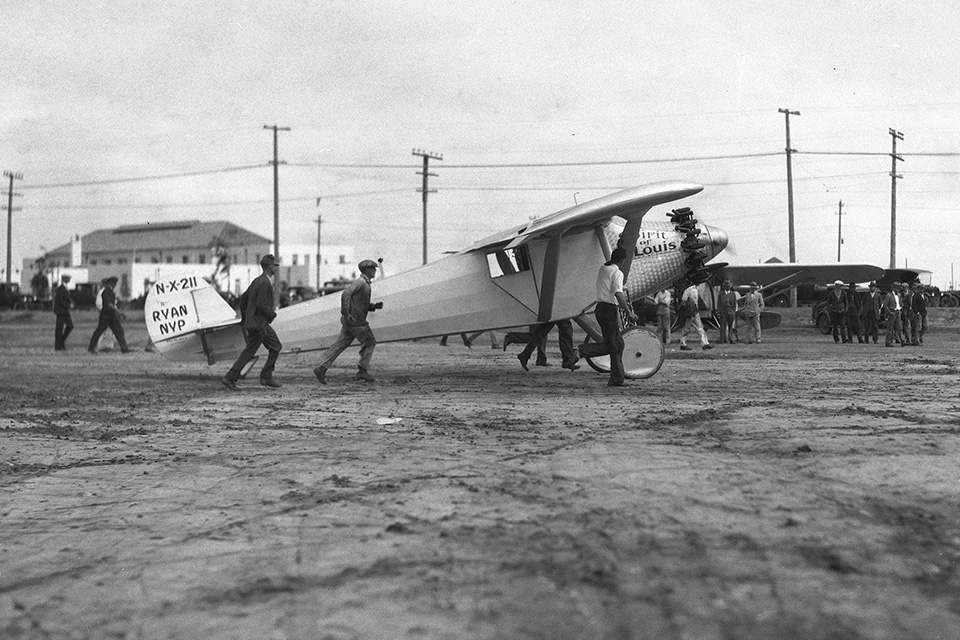

🛫 The Jet Age Takes Off.
The 1950s introduced jet engines, and with them, the world shrank. Flights that once took days now took hours. Airlines like Pan Am and TWA made air travel glamorous and exciting. By the 1970s, flying was no longer just for the elite—it was for everyone.
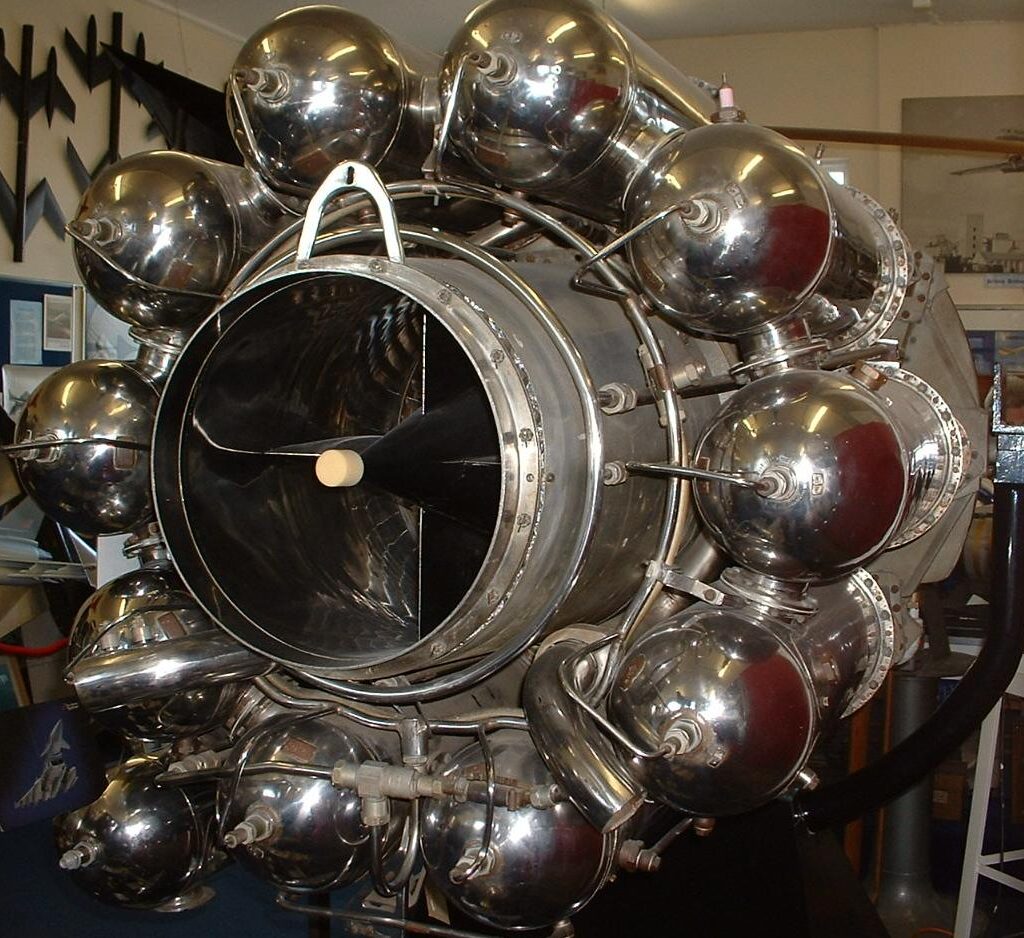
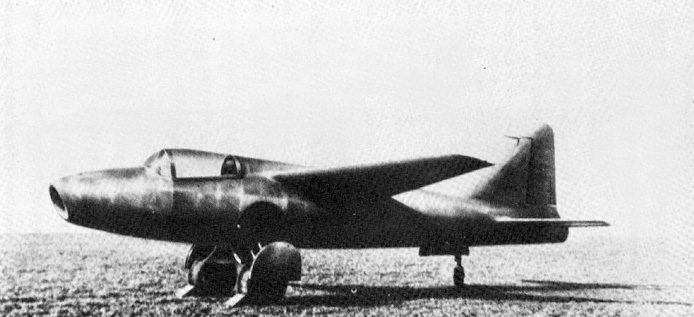
🚀 From the Skies to the Stars.
Today, aviation is part of our everyday lives. We hop on planes like it’s no big deal. But behind every flight is centuries of dreaming, designing, and daring.
And it’s not over. With electric planes, drone taxis, and even space tourism on the horizon, aviation is still evolving. The next chapter could be flying cars or interplanetary travel. Who knows?
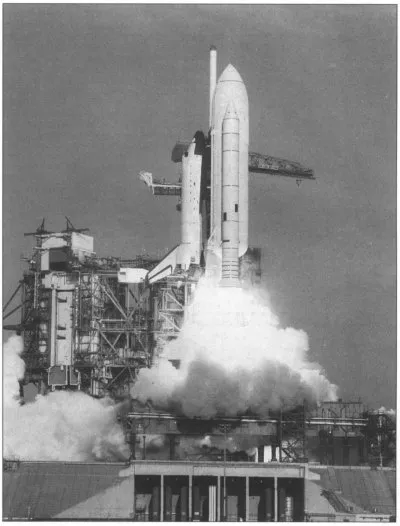
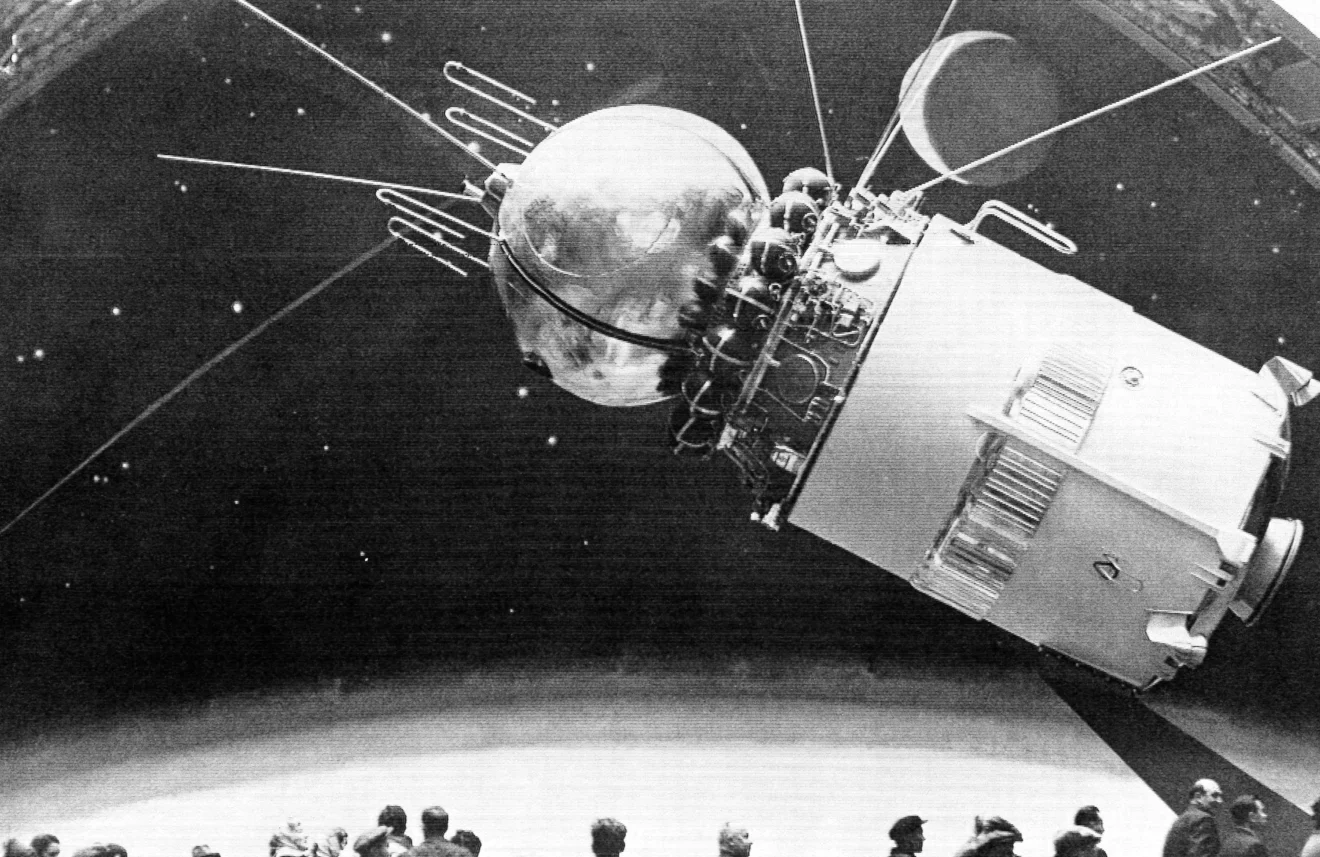
💬 Final Thoughts.
Whether you’re a frequent flyer, a history buff, or just someone who loves looking up at the sky, aviation’s story is one worth knowing. It’s a reminder of what we can achieve when we dare to dream big and build the wings to get there.

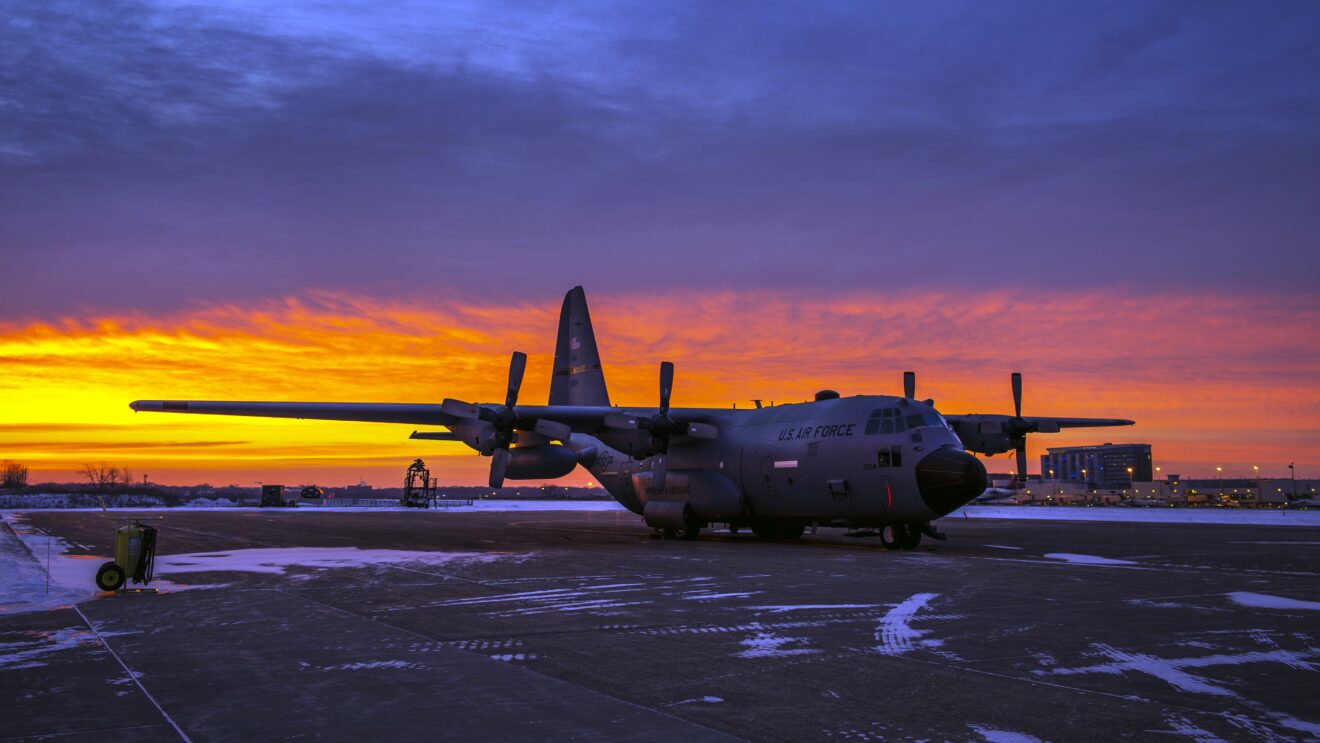
📝 Let’s Keep the Conversation Going.
Aviation has come such a long way—from hot air balloons to high-tech jets and beyond. And yet, every time a plane lifts off, it still feels a little bit like magic. ✨
Until next time, keep dreaming big and looking up.
Yours Truly, Ruqia Zarif Khan.

 Cart is empty
Cart is empty
Leave A Comment